Can You Put A Mini Split Condenser In A Garage? (Find Out Now!)

Mini split heating and cooling systems are used in a lot of modern homes these days, and these systems are great for homeowners who want to control the temperature of each room. But can a mini split condenser be put in a garage? Such is the question this article answers.
A mini split can be used in the garage, but the system’s condenser should be kept outside. A mini split will work well when the temperature outside is hot or cold. Moreover, there are arctic mini splits, and these are ideal for homes in places that experience low temperatures. If you want to install a garage mini split, it’s best to call a professional.
What Is a Mini Split?
A mini split heating and cooling system is comprised of two components—an outdoor compressor/condenser and an indoor evaporator.
To install one of these systems, first a three-inch hole must be made, and through this communication cables, copper tubing, and a condensation drain line will go. These components will link the exterior unit to the indoor unit.
Mini split heating and cooling systems aren’t just great for new homes. They can also be added in homes that don’t have ducts. If your home utilizes hydronic (water) heat, radiant panels, space heaters, kerosine, or propane, then a mini split system will be a good addition.
These are also ideal when expanding ductwork isn’t possible. If your home is small, installing multiple mini splits will be better than getting a complicated HVAC system.
Can a Mini Split Condenser Go In the Garage?
Putting a mini split in the garage is a good way to ensure the space is cool in the summertime and warm in the winter. However, the condenser unit should stay outside, as it won’t be able to function properly in a closed environment.
A mini split can bring the temperature in the garage down to 75°F (24°C) when it’s 95°F (35°C) outside. Conversely, when it’s 32°F (0°C) in the wintertime, a standard mini split will be able to keep the garage temperature at about 75°F.
When It’s Too Hot or Cold Outside
As long as the temperature outside is below 115°F (46°C), the mini split will be able to cool the garage effectively. On the other hand, as long as the outside temperature is above 17°F (-8°C), the mini split will be able to heat the garage effectively.
Arctic Mini Splits
If you’re in a part of the country that experiences low temperatures in the winter, then you should get a mini split that’s designed for these conditions. These are often referred to as arctic mini splits.
Before you purchase one of these systems, go through the manufacturer’s specifications to ensure the system is right for you. An arctic mini split will be able to ensure the temperature inside the garage is 75°F (24°C), even when it’s 0°F (-18°C) outside.
Limitations of Arctic Mini Splits
If the temperature outside drops to the point where water can freeze, the mini split may freeze up and perform poorly as a result. The indoor unit will try to compensate for the frozen outdoor unit, and you’ll know such is happening if you hear a loud noise coming from the outdoor unit.
While it’s true some arctic mini splits can work when the temperature is below zero, in general they aren’t very effective at such low temperatures. In other words, the colder it is outside, the harder it’ll be for the system to work.
The only time a mini split will stop working completely is when the temperature drops below -13°F (-25°C), and this is a rare occurrence throughout most of the US.
Automatic Defrosting
A mini split will stop working when it’s frigid outside, specifically because its coil will be affected by the low temperature. Once this happens, the system will need to defrost, and when this is done it will be able to heat again.
A mini split can utilize a built-in defroster or an auxiliary heating system when it needs to defrost, and the latter system will not stop providing heat even during defrosting. Mini splits that utilize auxiliary heating systems are ideal for individuals who want heat at all times, regardless of how much energy is needed.
Garage Mini Split Installation Cost
If you’re looking to install a standard mini split, you can expect to pay between $1,000 and $1,700 for a model that produces 18,000 BTU. This will work well for a two-car garage that’s about 360 square feet and without insulated walls.
While it’s possible to install a mini split on your own, most individuals get professional help with installation, and this can cost anywhere from $300 to $1,500. Several factors affect the cost of installation, including where the mini split is going, if additional electrical work is needed, and how much labor is needed.
BTU Requirement
If your garage doesn’t have an insulated door and insulated walls, then you can calculate the amount of BTUs needed by multiplying the total square footage by 50 BTUs.
Since garages have a lot more room to leak air than standard rooms, you should play it safe and get a stronger system rather than a weaker one. But some things in the garage help with heat retention, such as roller shutter doors and a vehicle that’s been run recently.
While there are calculators out there that can tell you what kind of system you’ll need, it’s best to use the calculation above, as most calculators are based on homes that are insulated.
And if all this talk of calculating seems overwhelming, get a professional to help. They’ll know which system is best for your home and how it should be installed. Moreover, they’ll show you how to use the system properly so you know how to run it no matter the time of year.
Which Systems Are Best?
There are several companies manufacturing mini splits these days, and three popular models are listed below. Before you purchase any of these models, make sure the system is right for your home:

Matt loves everything DIY. He has been learning and practicing different trades since he was a kid, and he's often the first one called when a friend or family member needs a helping hand at home. Matt loves to work with wood and stone, and landscaping is by far his most favorite pastime.
More by Matthew Mountain



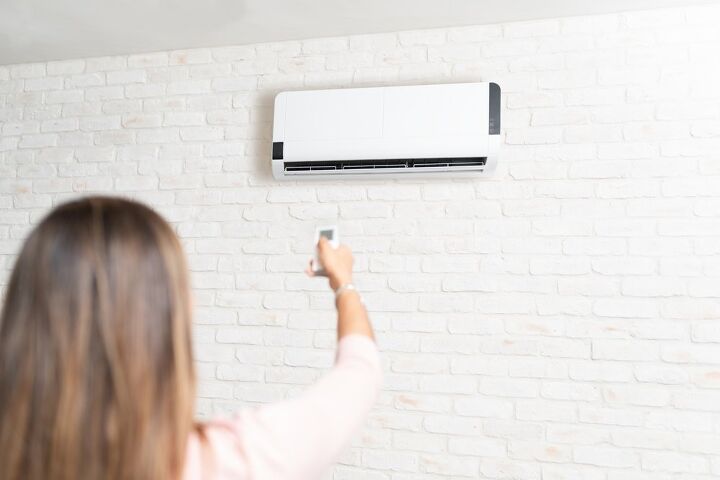






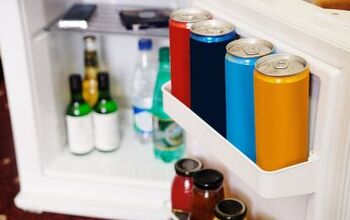

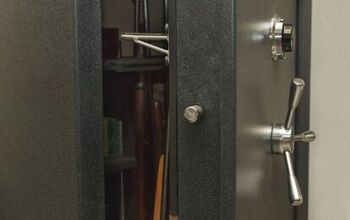
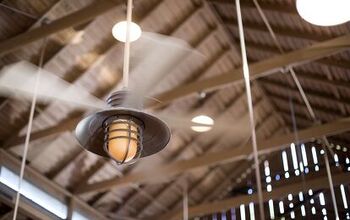
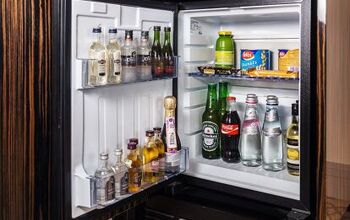






![10 Most Dangerous Neighborhoods in Baltimore [Updated]](https://cdn-fastly.upgradedhome.com/media/2023/07/31/9075655/10-most-dangerous-neighborhoods-in-baltimore-updated.jpg?size=350x220)





